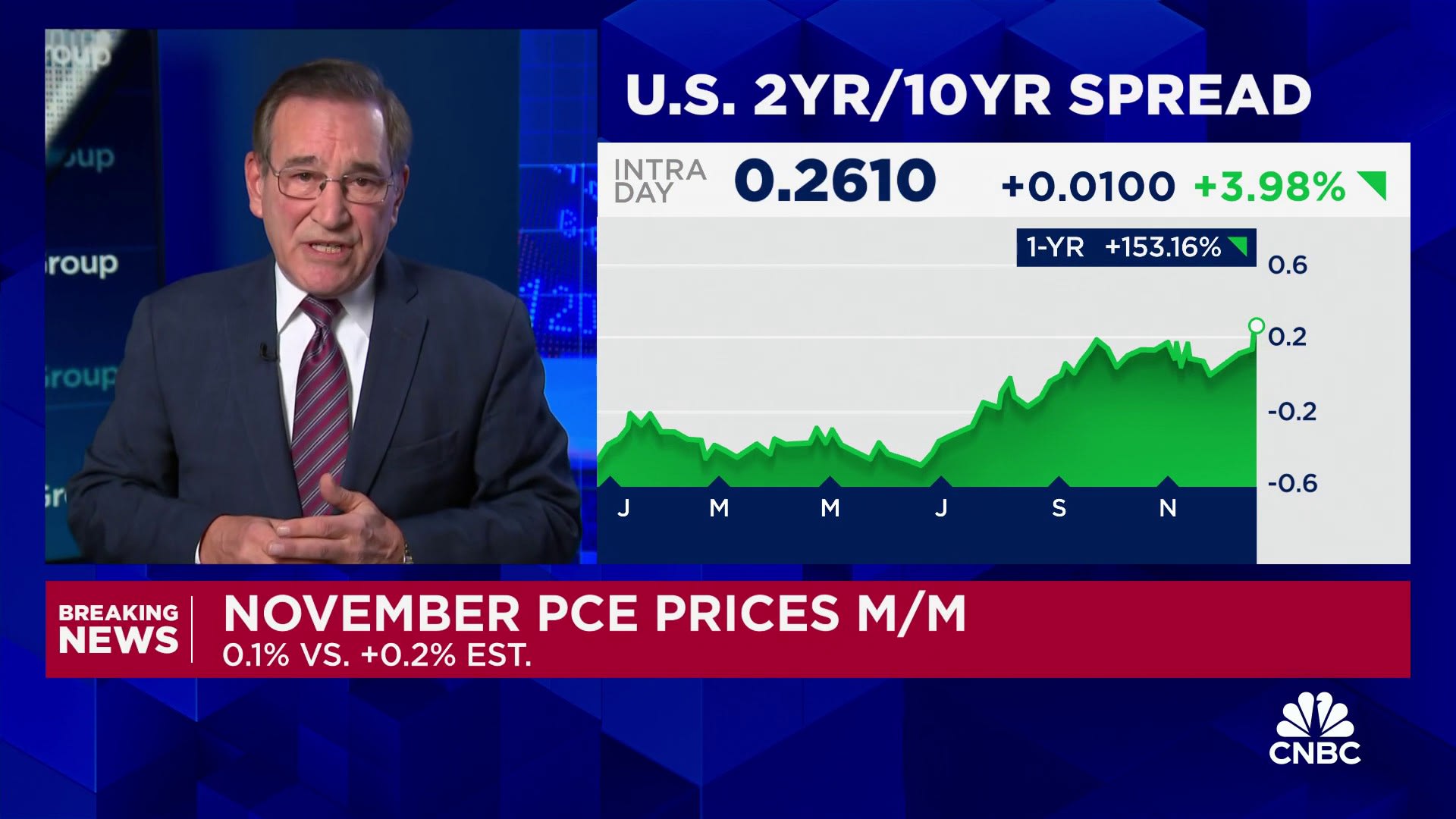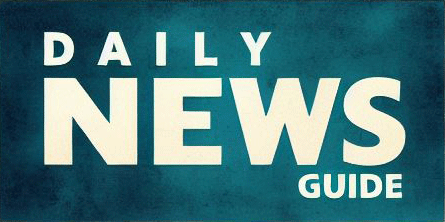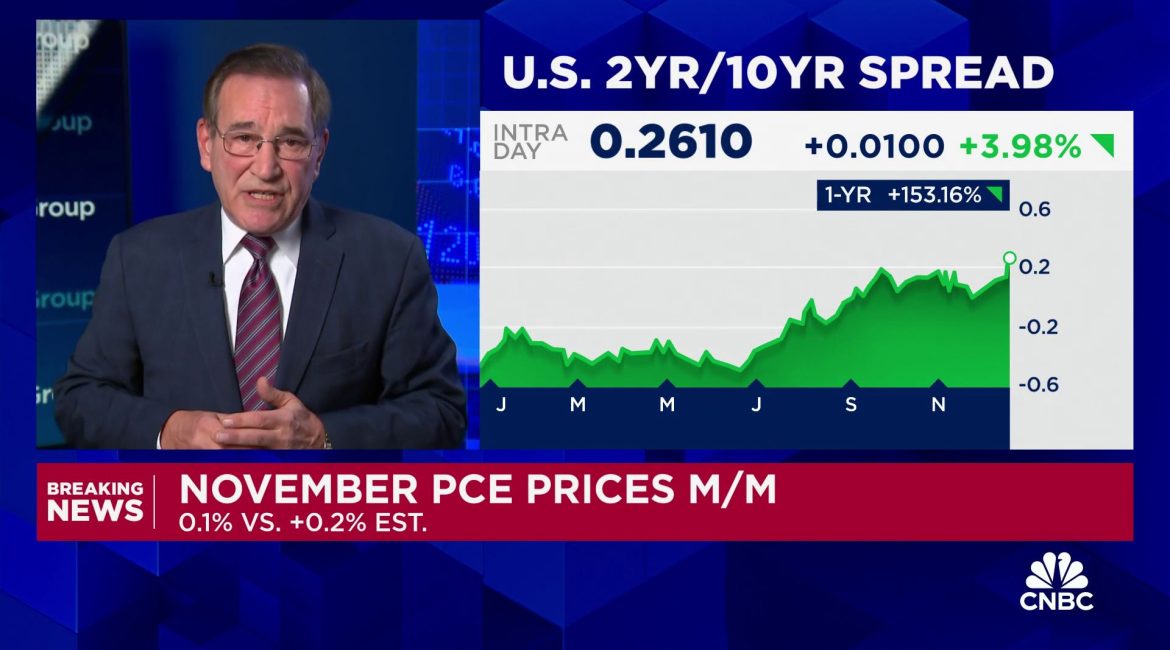
Prices barely moved in November but still held higher than the Federal Reserve’s target when looked at from a year ago, according to a Commerce Department measure released Friday.
The personal consumption expenditures price index, the Fed’s preferred inflation gauge, showed an increase of just 0.1% from October. The measure indicated a 2.4% inflation rate on an annual basis, still ahead of the Fed’s 2% goal, but lower than the 2.5% estimate from Dow Jones. The monthly reading also was 0.1 percentage point below the forecast.
Excluding food and energy, core PCE also increased 0.1% monthly and was 2.8% higher from a year ago, with both readings also being 0.1 percentage point below the forecast. Fed officials generally consider the core reading to be a better gauge of long-run inflation trends as it excludes the volatile gas and groceries category.
The annual core inflation reading was the same as in October while the headline rate rose 0.1 percentage point.
The readings reflected little increase in goods prices and a 0.2% rise in services prices. Food and energy prices both posted 0.2% gains as well. On a 12-month basis, goods prices have fallen 0.4%, but services have risen 3.8%. Food prices were up 1.4% while energy fell 4%.
Housing inflation, one of the stickier components of inflation during his economic cycle, showed signs of cooling in November, rising just 0.2%.
Income and spending numbers in the release also were a bit light compared with expectations.
Personal income rose 0.3% after having jumped 0.7% in October, falling short of the 0.4% estimate. On spending, personal expenditures increased 0.4%, one-tenth of a percentage point below the forecast.
The personal saving rate edged lower to 4.4%.
Stock market futures held in negative territory after the report while Treasury yields also slumped.
“Sticky inflation appeared to be a little less stuck this morning,” said Chris Larkin, managing director of trading and investing at E-Trade Morgan Stanley. “The Fed’s preferred inflation gauge came in lower than expected, which may take some of the sting out of the market’s disappointment with the Fed’s interest rate announcement on Wednesday.”
The report comes just two days after the Fed cut its benchmark interest rate another quarter percentage point to a target range of 4.25%-4.5%, the lowest in two years. However, Chair Jerome Powell and his colleagues reduced their expected path in 2025, now penciling in just two reductions compared with four indicated in September.
Though Powell said Wednesday that inflation has “moved much closer” to the Fed’s goal, he said the changes in the projected path for rate cuts reflects “the expectation inflation will be higher” in the year ahead.
“It’s kind of common sense thinking that when the path is uncertain you go a little bit slower,” Powell said. “It’s not unlike driving on a foggy night or walking into a dark room full of furniture. You just slow down.”

